
Nutrition
The typical American diet is too high in calories, saturated fat, sodium, and added sugars, and does not have enough fruits, vegetables, whole grains, calcium, and fiber. Such a diet is linked to some of the leading causes of death and increases the risk of noncommunicable diseases, contributing to hundreds of thousands of deaths each year in the U.S. As America's food and health watchdog, CSPI advocates for industry and government to make positive contributions to public health, and holds our institutions accountable when they fall short.
Join the fight
Sign up for action alerts
Want to get the latest breaking news on nutrition, food safety, and health? Join CSPI’s free email alert network today. You’ll know when important decisions are being made in Congress, in your state legislature, or in corporate boardrooms, and what you can do to help.
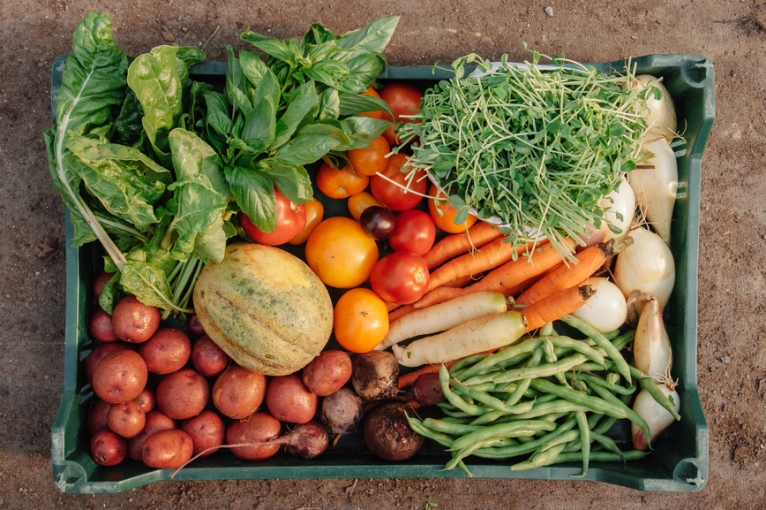
Harnessing the DGA for public health
Dietary Guidelines for Americans
Updated once every five years, the Dietary Guidelines for Americans is published jointly by the U.S. Department of Agriculture and the Department of Health and Human services.
While some have blamed the Dietary Guidelines itself for public health problems, the truth is that Americans don't eat according to the Guidelines. That's why we support policies to help support healthy diets that are more in line with the government's generally sensible advice.
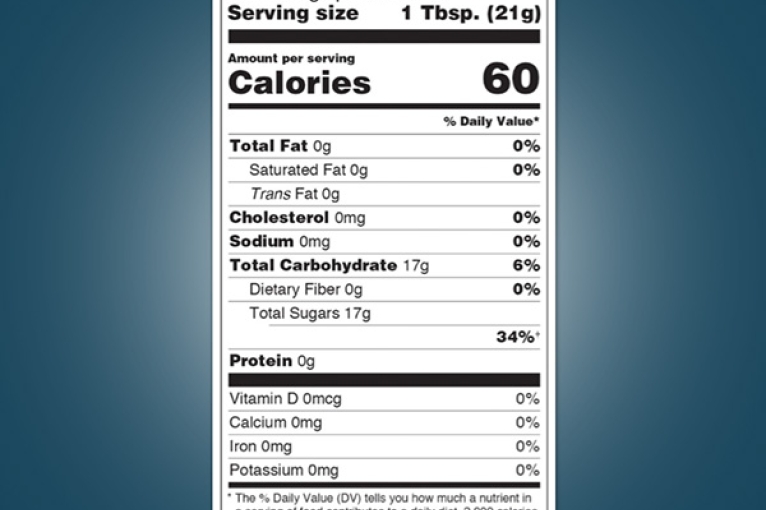
Fighting for transparency
Food labeling
Food labeling is a valuable public health tool. Labels can help consumers select healthier foods. Having to disclose what's in a product can also push industry to reformulate foods to have better nutritional value.
CSPI's efforts have led to improved transparency and accountability from food companies. Our victories to date include warnings on alcohol, the mandatory “Nutrition Facts” panel, and allergen disclosures.

Ending predatory practices
Food marketing to kids
Food and beverage companies spend nearly $2 billion dollars each year marketing food to kids and the vast majority of these foods are unhealthy.
While industry could improve their commitments to better protect children, the U.S. government should take action, too.
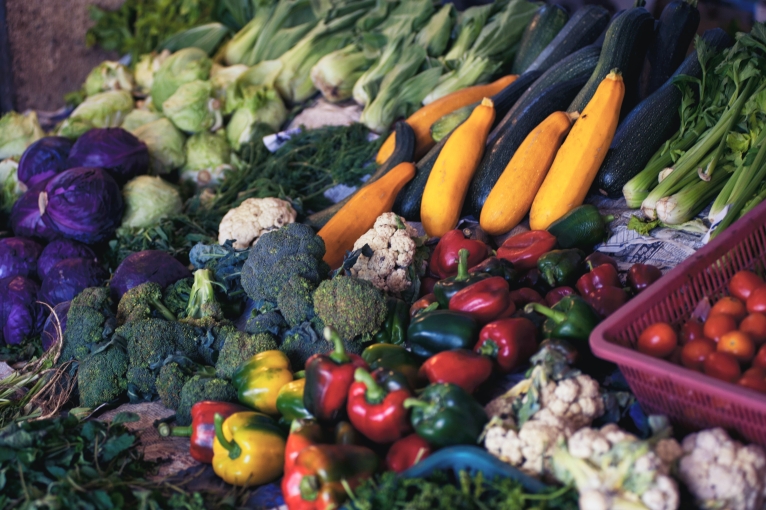
Combatting nutrition insecurity
Healthy food banking
Food banks work hard to provide nutritious food, with many adopting policies for what they will and will not accept. Yet, too often, food donated to the charitable food system does not align with client preferences for healthy, culturally relevant items.

Healthier public places
Food service guidelines
Food service guidelines are standards for healthier foods and beverages in government facilities, worksites, and institutions. CSPI has compiled an evidence-based strategy for creating a healthier food environment in settings like hospitals, correctional facilities, shelters, universities, senior centers, child care facilities, employee cafeterias, and more.
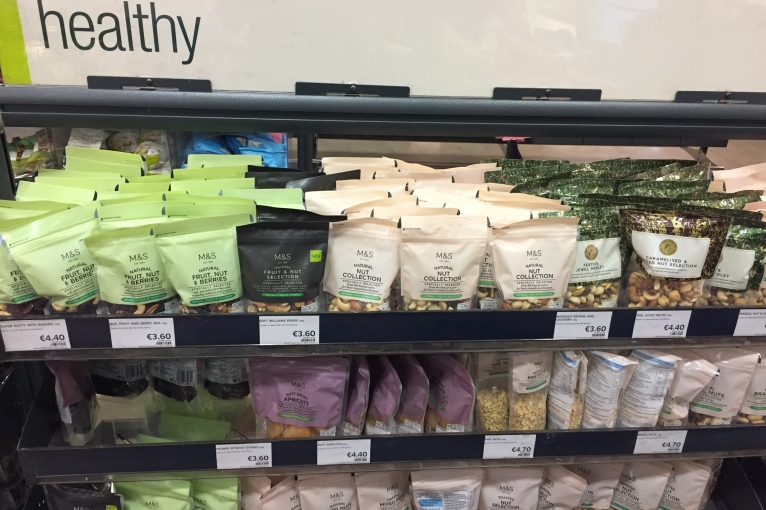
Improving our food environment
Healthy retail
The odds of purchasing healthy food in supermarkets are literally stacked against shoppers. Junk foods and sugary drinks dominate store entrances, shelves on the ends of aisles, displays, and checkout, increasing their visibility, accessibility, and sales.
The goal of healthy retail is to build a movement to transforms the food retail environment into a place that promotes health.

Serving our kids better
School food
Thanks to the nutrition standards of the Healthy, Hunger-Free Kids Act, school meals are healthier than ever, but more work is needed to ensure every child has access to healthy food at school.

Building benefits
Healthy SNAP
SNAP should be accessible for all people in need, provide adequate benefits, and encourage nutritious foods.
Participating grocery stores should stock and promote healthy options.

Setting healthier norms
Restaurant kids' meals
When children eat out, they typically consume more calories, added sugars, and sugary drinks. Kids also eat fewer fruits, vegetables, and whole grains when they eat out than when they eat at home.
The national movement to improve restaurant kids' meals is growing. Communities and corporations have recognized the need for healthier options on the kids' menu, and changes are being made to local laws and company policies.

Sodium reduction strategies
Salt
Salt is perhaps the deadliest ingredient in our food supply, causing high blood pressure, heart attacks, stroke, kidney disease, and other health problems.
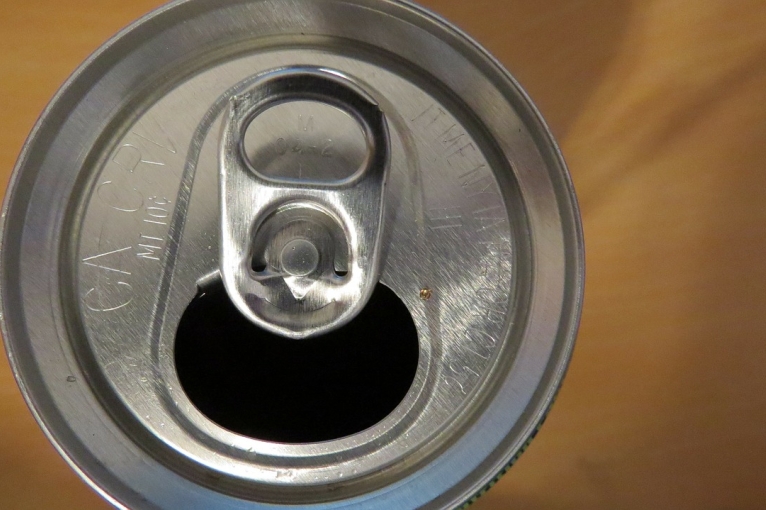
Changing the tune
Sugary drinks
CSPI is working to make our beverages healthier through education, pricing strategies, increasing access to healthy beverages in community settings, challenging deceptive marketing, and taking Big Soda to court.

